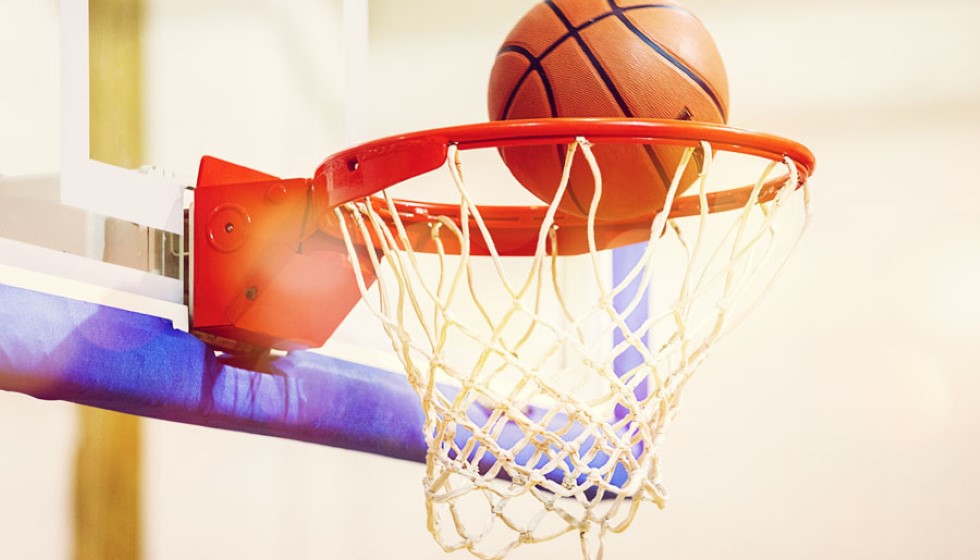
The NBA is set to roll out a comprehensive update to its cell phone and social media usage policy for players and coaches during games, marking a significant shift from the previous guidelines established over a decade ago. This new policy emerges as teams and the league aim to adapt to the modern technological landscape while safeguarding the integrity of the sport.
Origin and Evolution of Policy
Back in 2009, the NBA introduced a rule that informally became known as the "Villanueva rule," aiming to regulate social media use among players during games. Over the years, as social media platforms evolved and the presence of smartphones became ubiquitous, the need for a more nuanced policy became apparent. With new challenges and opportunities posed by digital communication, both the NBA and the players' union, the National Basketball Players Association (NBPA), have collaboratively worked on refining these regulations.
The latest iteration of the policy defines the window of "during games" as the period extending from 45 minutes before tip-off to the completion of post-game media obligations. This clarification is crucial as it delineates the timeframe when restricted device usage is strictly enforced, ensuring players are fully present and focused on the game.
Concerns Over Sports Gambling
A pivotal factor driving this revision is the NBA's growing concern over legal sports gambling and its potential to influence the game. This concern was underscored by the case of Jontay Porter, who faced a lifetime ban from the league after allegedly providing information to bettors. Such incidents highlight the risks of insider information being distributed via personal communication devices, posing a threat not only to fairness but also to the league's reputation.
In response, the NBA has introduced a measure to ensure a single point of communication for players and coaches during the periods of restricted cell phone use. This aims to reduce the likelihood of unauthorized information leaks and safeguard the league's competitive integrity.
Divergence Among Teams
While the updated league policy sets a standardized baseline, some teams have chosen to implement stricter regulations. These team-specific rules surpass the league's requirements, reflecting individual organizational priorities and approaches to maintaining focus and minimizing distractions during games. This variation demonstrates that while league-wide policy provides a framework, the nuances of team dynamics may call for more tailored guidelines.
Ambiguities and Future Clarity
Despite the comprehensive nature of the new regulations, the NBA has yet to detail the specific punitive measures for breaches of the policy. The lack of a clear disciplinary framework leaves room for ambiguity, although it is anticipated that the league will eventually outline consequences to ensure compliance and accountability among players and coaches.
The initiative by the NBA to revise its digital policy reflects a broader effort to modernize and adapt to the ever-evolving technological environment. By balancing the benefits of digital connectivity with the imperative of preserving the game’s focus, the league demonstrates its commitment to upholding the sport's integrity in the face of modern challenges.
As players, coaches, and teams adjust to these new regulations, the NBA continues to navigate the complex intersection of sports, technology, and business, underscoring its proactive stance in addressing contemporary issues facing professional basketball.